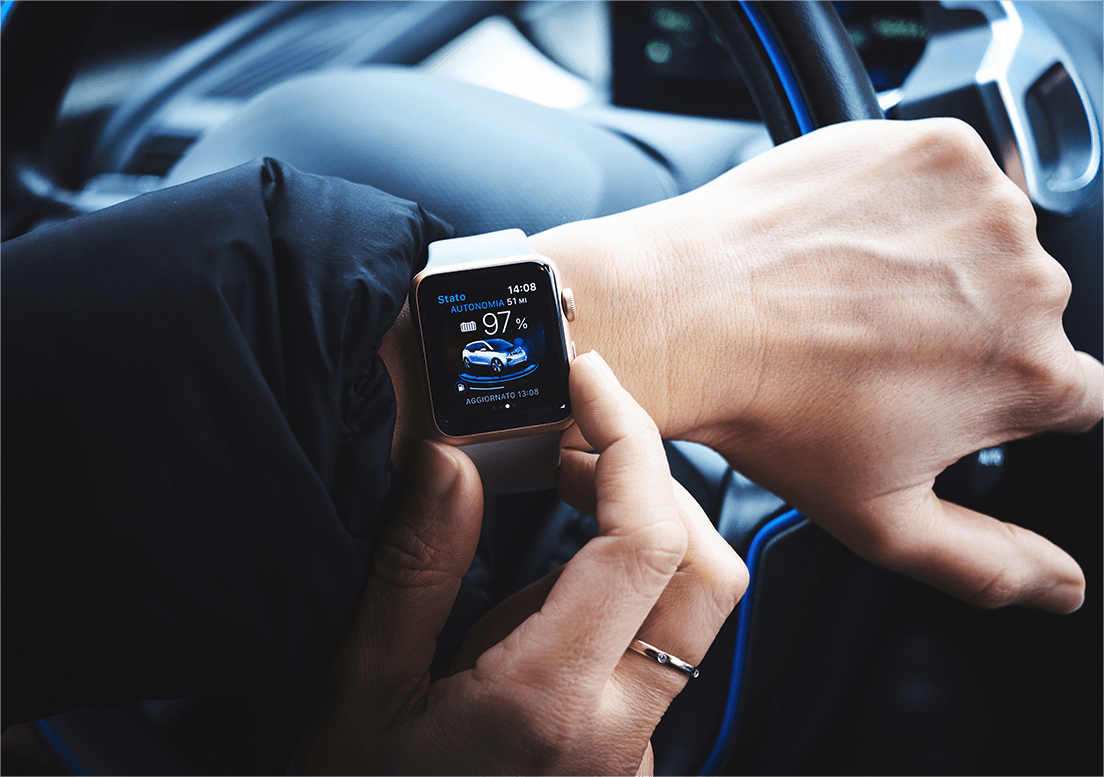
How to Launch Logistics App Development?
Many different startups are looking for the slightest chance to build an app like Uber. However, it does not mean they want to create a taxi application. The technology implemented in Uber can appear to be a good choice for logistics apps as well. Moreover, some companies and retail chains are about to use the technology for the delivery purposes.
Logistics and retail industries are facing new revival. We witness huge investments in the mobile and IT-technologies to make the process easier and more functional. Mobile technologies may change the entire industry's approach reducing the transportation costs, improving productivity and increasing customers' satisfaction. This s actually the only way to handle the competition that is growing tougher each day. On the other hand, the mobile market faces the lack of logistics apps that would contain some key features like cargo location tracking, vehicle fleet management, asset tracking, traffic data and other vital parameters. In this article, we will discuss some of the basic functions to implement during the logistics app development process.
Location Tracking Technologies
Vehicle location tracking is a vital feature once you want to develop a logistics app. You can choose from two different types of technologies available today. They include:
- cellular;
- satellite.
As a rule, cellular technologies are the best bet when you need to track the vehicle location inside the city. It provides a better connectivity and faster respond. The server collects information and coordinates from the mobile device that acts as a transmitter. Cellular network ensures real-time data transmissions and location tracking.
Satellite network will provide a broader coverage. However, you will have to link the application with the GPS tracker installed in a vehicle or cargo. The same tracker can be installed on a driver's mobile device as well. It acts as a receiver that generates necessary data from a satellite. The technology can be used not only to identify the location of the driver or vehicle, but also to monitor the amount of fuel remaining, the engine temperature and possible malfunctions, tire pressure and mother other parameters. The system lets businesses reduce the cost and ensure high-quality transportation and delivery services in addition to wise and safe logistics. The main benefit of such type of location tracking is that all necessary data is accessible via smartphone or any other portable device.
Once you decide to develop a logistics app, you should also consider such vital feature as geofencing. It may help when building the shortest route to the destination as well as create restricted areas and get notifications every time a driver enters those areas. It is a flexible mobile function that can also be used for security purposes.
Real-Time Information from the Road
Actual real-time traffic information is vital to arrange on-time delivery and logistics services. On the one hand, it can reduce the time necessary to reach the destination. On the other hand, it can improve driver’s safety on the road. Both Google and Yandex Maps can be used to generate necessary traffic information within your logistics app.
Every time a driver wants to check current traffic conditions, he or she launches the app that uses Google Map sensors. Moreover, the application can generate some other important parameters including the speed level, location data and other information that is collected by the smartphone by default. You can think of some extended settings and features and add them to your mobile solution.
Some applications implement crowd-source technologies when generating necessary traffic data. However, they have proved to be less reliable and trustworthy if compared with road sensor technologies. On the other hand, crowd-source technologies provide detailed information about the nearest gas stations, pit-stops, convenience stores, map views and directions. So, it is up to you what technology to choose. You may also include weather conditions, the list of phone numbers and other features to make the process as efficient as possible. Some apps provide access to the information to both carriers and shipping companies to keep in touch with the cargo movements and make necessary corrections in case of necessity.
Vehicle Fleet Management
Geofencing and traffic information may not be enough in case you need to improve the vehicle fleet performance with the help of a logistics app. Developers may benefit from a vast selection of fleet management tools that will certainly let your app stand out from other projects alike. You can follow the example of Keep Truckin application. It is probably one of the best examples when it comes to mobile fleet management.
The application provides a full access to all driver logs. On the other hand, carriers and shipping companies can identify all occasions of working hour violations. The app will notify once a driver enters a restricted area. The idea is to provide an easy and effective method for shipping companies to handle their fleet management.
Asset Tracking and Management
Shipping companies can hardly exist without asset tracking and efficient management. Businesses are always in search of tools to manage their available inventory. When we say inventory, we mean trucking equipment, loading and carrying units, cargo and trucks, etc. Tracking the cabin is only 50% of success. Shipping companies should also be able to track the trailer separately to detect the current location of individual packages or other precious cargo.
Developers usually implement two major ways to handle the inventory management:
- QR Codes. The unique codes make it easy for a user to identify and detect the location of a package with a QR code on it. They can use a mobile device to scan the code and get all necessary information at once.
- RFID. The radio frequency identification is another technology used to manage inventory. Combined with Near Field Communication tag it uses special memory chips and antennas. The method is similar to radio waves that depend on the strength of the wave and the power of tag.
QR codes are certainly a better idea in case you want to implement the inventory-managing feature in your logistics app. At the same time, it will let you develop a mobile solution that will certainly improve the logistics service.
Summing Up
With so many existing apps, none of them has a full set of features to meet carriers’ and shipping companies’ requirements. It means that you have a chance to grab your place in the niche. The only problem that still exists is the way to monetize such type of application. Here you can hardly opt for ad blocks or in app purchases. The only way to generate revenue is to charge for subscriptions or sell your app as a corporate package.
If you want to build a fully-equipped logistics app, you should be prepared for different challenges on the way to success. The development process can be rather tough considering numerous features and technologies you will need to implement. Only a professional app development team can guarantee great results. Our programmers, designers and testers have a huge track record of successfully completed projects. Our portfolio also includes logistics applications. Contact us to bring your idea to life effortlessly.





